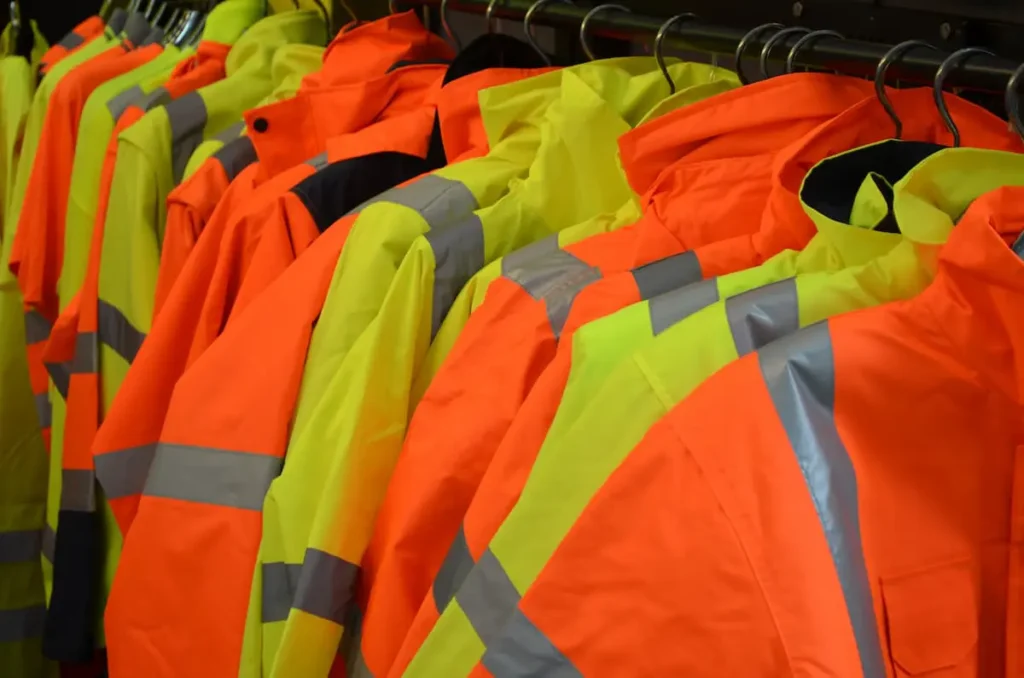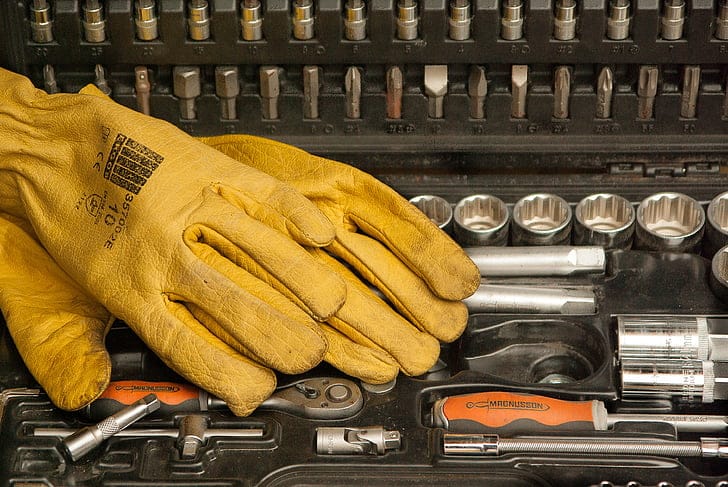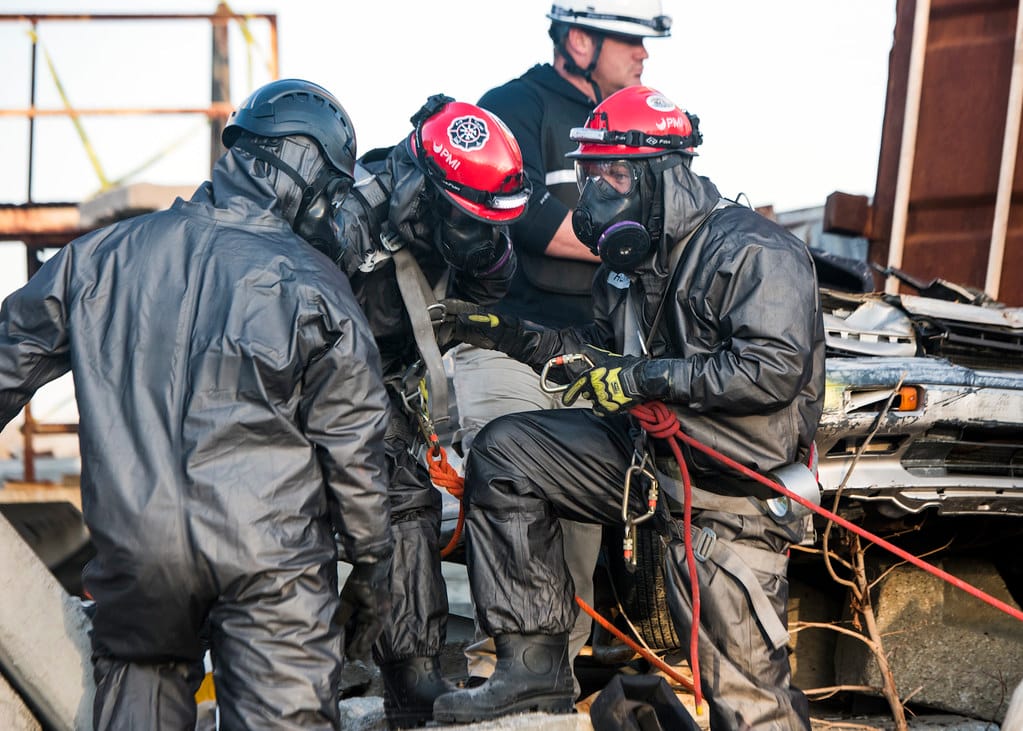
If you were in PPE procurement during 2020, you probably remember the chaos—bidding wars for mask shipments, last-minute factory switches, and sky-high freight costs. Some buyers still wince when they see a container invoice from that period.
Now it’s 2025, and the storm has passed. The panic buying is over, but PPE demand hasn’t gone back to the pre-pandemic baseline. Instead, it has settled into a new, diversified pattern—healthcare remains steady, industrial PPE is growing, and government reserves are quietly becoming one of the most predictable sources of large-volume orders.
I’ve seen long-time healthcare PPE distributors open industrial safety divisions, and construction gear importers adding medical-grade respirators to their catalogs. It’s no longer about riding a wave—it’s about building a stable, multi-sector PPE portfolio.
In 2025, PPE demand has stabilized in healthcare but is growing in industrial sectors, environmental protection, and government reserves. Seasonal spikes remain in certain industries. Buyers should focus on diversification, compliance, and flexible supply agreements to match steady yet varied market needs.
Why PPE Demand Has Changed Since the Pandemic
1. Normalization of Healthcare PPE
During the pandemic, healthcare PPE demand was driven by fear and uncertainty. Hospitals over-ordered to avoid shortages, often stockpiling beyond realistic needs.
- Global Data: WHO estimates that global demand for medical masks in 2020 was nearly 15 times higher than in 2019. By 2024, volumes had returned to roughly 1.2x pre-pandemic levels.
- Example: A major UK hospital group now maintains a rolling six-month PPE buffer stock instead of panic-ordering.
- Buyer Impact: Volumes are more predictable but price competition has intensified, especially for commodity items like surgical masks and nitrile gloves.
2. Expansion into New Industries
Post-pandemic safety awareness has spread to sectors that previously treated PPE as a low-priority expense.
- Example: Large food processing companies now require FFP2 respirators for certain cleaning tasks, replacing basic dust masks.
- Data Point: A 2024 ILO survey found that 46% of industrial firms globally increased PPE budget allocations compared to pre-pandemic.
- Impact: Demand is shifting toward higher-spec products—often industrial-grade but with healthcare-level filtration or contamination prevention.
3. Government Stockpiling
Governments around the world are determined not to be caught unprepared again.
- Example: The EU’s rescEU program maintains centralized PPE reserves across member states, refreshing stock every 18–24 months.
- Asia: Japan, South Korea, and Singapore have all implemented rolling PPE replacement programs for strategic reserves.
- Buyer Impact: Creates predictable, large-volume tenders—but with strict compliance, expiry date, and delivery window requirements.
4. Consumer-Level PPE Demand
While small compared to institutional volumes, consumer PPE has evolved into a steady niche.
- Example: Anti-pollution masks in high-smog cities like Delhi and Beijing are now sold year-round, often with reusable or washable filters.
- Trend: “Lifestyle PPE” blends safety with fashion—color options, eco-friendly materials, and ergonomic designs.
- Buyer Impact: Margins can be high, but demand is sensitive to local environmental conditions.
Real-World Buyer Cases
Case #1 – Canadian PPE Distributor
In 2020, 70% of their revenue came from healthcare PPE. By 2024, they had shifted to a 50/50 split with industrial PPE, boosting annual revenue by 18% and smoothing seasonal fluctuations.Case #2 – UAE Importer
Won a government tender to refresh national PPE reserves every 18 months. Orders are massive (over 1 million units per cycle) but require careful expiry date coordination to ensure no stock is wasted.Case #3 – UK Safety Equipment Supplier
Added anti-pollution commuter masks to their portfolio in 2023. Within 12 months, this niche line represented 7% of their total sales, with higher margins than their standard industrial PPE.Case #4 – Australian Workwear Brand
Integrated PPE items (like respirators and safety goggles) into their workwear contracts for mining companies, winning bids by offering bundled safety packages.
Global PPE Demand Forecast 2025–2028
| Region | CAGR (2025–2028) | Key Growth Drivers | Top PPE Segments |
|---|---|---|---|
| North America | 4.5% | Industrial safety upgrades, government reserves | Respirators, safety footwear, gloves |
| Europe | 3.8% | Sustainability mandates, tender renewals | Hi-vis clothing, eco-certified PPE, footwear |
| Asia-Pacific | 6.2% | Industrial expansion, anti-pollution PPE | Masks, industrial respirators, goggles |
| Middle East | 5.0% | Infrastructure projects, oil & gas safety regulations | Flame-resistant clothing, helmets, footwear |
| Africa | 4.2% | Mining, construction, healthcare aid imports | Gloves, coveralls, safety boots |
Inventory & Supply Strategy Model
Goal: Match demand without overstocking or missing tenders.
| Strategy | Application | Benefit |
|---|---|---|
| Rolling Stock Model | Maintain 3–6 month buffer, replenish monthly | Avoids panic buying, reduces expiry risk |
| Flexible Contracts | Volume range agreements with suppliers | Adapts to tender wins/losses |
| Multi-Sector Sourcing | Balance healthcare & industrial PPE in portfolio | Reduces seasonal revenue swings |
| Vendor Pooling | Keep multiple suppliers per product category | Minimizes disruption risk |
Risk & Opportunity Analysis
| Factor | Risk | Opportunity |
|---|---|---|
| Overreliance on healthcare PPE | Market stagnation, price pressure | Diversify into industrial and government sectors |
| Government tender dependency | High competition, strict compliance | Secure long-term contracts, predictable revenue |
| Environmental compliance gaps | Tender disqualification | Gain competitive edge with eco-certified products |
| Single-supplier sourcing | Disruption from delays or QC failures | Build flexible, multi-supplier network |
Cost-Benefit of Diversified PPE Demand Strategy
Example for a mid-sized importer shifting from 80% healthcare PPE to a balanced mix:
| Metric | Before Diversification | After Diversification | Annual Impact |
|---|---|---|---|
| Revenue Volatility Index | High | Low | Stable cash flow |
| Average Gross Margin | 18% | 22% | +4% margin gain |
| Tender Win Rate | 35% | 48% | +13% |
| Stock Expiry Loss | $120,000 | $40,000 | -$80,000 |
Common Procurement Mistakes in the New Demand Landscape
- Chasing Only Pandemic-Era Products – Misses growth in industrial and consumer PPE.
- Overstocking Expiry-Sensitive Items – Leads to unnecessary write-offs.
- Ignoring Government Tender Calendars – Misses predictable high-volume opportunities.
- Relying on One Sector – Increases vulnerability to market downturns.
Extended Buyer FAQ
Q1: How do I balance healthcare and industrial PPE inventory?
A: Use sector-specific demand forecasts and align reorder points separately for each category.
Q2: Are government tenders worth the strict compliance?
A: Yes—if you can meet requirements, they offer high-volume, predictable business.
Q3: Should I enter the consumer PPE market?
A: Only if your distribution channels can handle retail packaging, marketing, and customer service.
Q4: How do I avoid PPE expiry losses?
A: Use rolling stock models and track batch dates in your ERP.
Procurement Checklist
- [ ] Maintain separate demand forecasts for each PPE sector
- [ ] Align supply contracts to tender cycles
- [ ] Track expiry-sensitive items with batch-level visibility
- [ ] Diversify supplier base across regions
- [ ] Secure eco-certifications where tenders require them
- [ ] Train sales team on new PPE market segments
Conclusion
PPE demand in 2025 is steady but far from static. Healthcare volumes may have normalized, but industrial safety upgrades, government stockpiling, and niche consumer markets are driving new opportunities. The winners in this market will be the buyers who diversify portfolios, align supply to demand patterns, and treat compliance as a competitive advantage.
📩 Need PPE sourcing strategies for diversified demand?
Email: [email protected]
🌐 www.workwearsolutions.net
Zion Zhang
Recent Posts
 Technology in PPE: How Smart Features Are Changing Buyer Expectations2025年8月9日When I first saw a “smart helmet” at an expo in 2018, I […]
Technology in PPE: How Smart Features Are Changing Buyer Expectations2025年8月9日When I first saw a “smart helmet” at an expo in 2018, I […] Sustainability in PPE: How Eco Standards Are Reshaping Buyer Decisions2025年8月9日Five years ago, “eco-friendly PPE” was a novelty—something […]
Sustainability in PPE: How Eco Standards Are Reshaping Buyer Decisions2025年8月9日Five years ago, “eco-friendly PPE” was a novelty—something […] Compliance and Certification Updates: What PPE Buyers Need to Know in 20252025年8月9日If you’ve been in PPE sourcing long enough, you’ve probably […]
Compliance and Certification Updates: What PPE Buyers Need to Know in 20252025年8月9日If you’ve been in PPE sourcing long enough, you’ve probably […] Regional Sourcing Shifts: Where PPE Production is Moving in 20252025年8月9日If you’ve been sourcing PPE for a decade, your mental map […]
Regional Sourcing Shifts: Where PPE Production is Moving in 20252025年8月9日If you’ve been sourcing PPE for a decade, your mental map […] AI in PPE Supply Chains: Smarter Sourcing and Inventory Management2025年8月9日Three years ago, if you had told a PPE buyer that […]
AI in PPE Supply Chains: Smarter Sourcing and Inventory Management2025年8月9日Three years ago, if you had told a PPE buyer that […] From Function to Fashion: How Workwear is Entering the Mainstream2025年8月9日Ten years ago, the idea of wearing a hi-vis jacket or […]
From Function to Fashion: How Workwear is Entering the Mainstream2025年8月9日Ten years ago, the idea of wearing a hi-vis jacket or […]
CONTACT US
- Feel free to contact us any time. We will get back to you as soon as we can!
- +86-17330061805
